Inventory of 60 New Public Chains in 2022: Layer 0 and Layer 1 Public Chains篇
Original Title: "Counting 60 New Public Chains This Year, the Next Bull Market Lies Within (Part 1)"
Author: TinTinland, ODAILY Planet Daily
According to the latest statistics from GlobeNewswire, the global market for blockchain technology was $3.4 billion in 2022 and is expected to reach $19.9 billion by 2026, growing at a compound annual growth rate of 43%.
Blockchain technology is becoming increasingly important today. From concept to application, this technology not only brings disruptive experiences such as NFTs and the metaverse to users but also empowers traditional industries like finance, social networking, and sports, greatly expanding the boundaries of its development. Despite the global economy struggling under macro headwinds this year, and the crypto market entering a winter as a result, the growth trend in the crypto space is expected to continue, benefiting from the increasing adoption of blockchain and related technologies in applications like digital identity, payments, and transactions.
As the most important underlying infrastructure in the crypto space, how to proactively build a public chain platform will provide opportunities to create a more complete and rich Web3 ecosystem in the future. Looking back at public chain projects during the last bull-bear cycle in the crypto industry, it is not difficult to find that public chain projects like Solana, Cosmos, and Avalanche, which exploded by dozens or even hundreds of times, were born and accumulated during the bear market, seizing opportunities to stand out in the bull market and then rapidly expanding, with these public chains exceeding a market capitalization of $300 billion at the peak of the bull market.
Before introducing new public chains, let’s first review the development pattern of existing public chains. In 2022, Ethereum "dominated the field," and around Ethereum's scalability issues, EVM-compatible public chains emerged. Currently, EVM-compatible public chains have formed a vast crypto ecosystem island group, playing a crucial role in the entire public chain ecosystem. Non-EVM public chains like DFINITY, Polkadot, and Flow have also innovated from multiple angles, each shining in their own right. Interested developers can learn more about the development pattern of public chains in the article "Interpreting the Development Pattern of Public Chains, 'Hundred Chains Contending' May Be the Trend."
Understanding opportunities allows for better grasping of them. Which new public chain projects should we focus on during this bear market? What development opportunities can we seize? This article will systematically review about 60 new public chain projects from L0, L1, and L2 this year. Due to the large number of projects, this article will be divided into two parts, and it is recommended to bookmark it for later reading. For those who want a concise version, you can scroll to the end for a summary. The first part will focus on Layer 0 and Layer 1 public chains.
2022 New Public Chain Highlights
Here are a few key points you need to know about new public chains in 2022:
- The rise of Move-based newcomers
- Specialized chains for gaming, metaverse, DeFi, privacy, etc.
- The emergence of modular blockchains
- Breaking "isolated chains," cross-chain interoperability
- DAO chains returning ownership to community users
- Fourth-generation public chains may break the "blockchain trilemma"
- Environmental sustainability is prioritized, with green blockchains gaining global community support
60 New Public Chains in 2022 (Part 1)
From the logical architecture of blockchain, public chains can be divided into three layers: Layer 0, Layer 1, and Layer 2. Specifically:
Layer 0 corresponds to the "transport layer." This is where the internet connects with hardware, allowing blockchains to interact with each other. For example, Polkadot and Cosmos have created cross-chain interoperable ecosystems at this layer. Additionally, since it is at the foundational level, as long as they are built using the same Layer 0, developers do not need to start from scratch repeatedly; many functions can be accessed at any time.
Layer 1 corresponds to the "data layer, network layer, consensus layer, and incentive layer." This is where data processing, transactions, and block dispute resolution occur on-chain. Ethereum is the most famous Layer 1 public chain, but it faces the crucial challenge of overcoming the "trilemma" of decentralization, security, and scalability. Although Ethereum has attempted to resolve this through the Merge upgrade, as of now, it seems that no Layer 1 public chain has effectively solved this issue.
Layer 2 corresponds to the "application layer and contract layer." This is a third-party integration used in conjunction with Layer 1, primarily aimed at improving the scalability and throughput of blockchains. Current Layer 2 technical solutions include State Channels, Rollups, and Plasma. Among them, the Rollups solution has gained favor in the Ethereum community, which is further divided into two types: Zero-knowledge Rollups and Optimistic Rollups.
Moreover, Layer 3 is the client application layer. Considering that the scalability and throughput of Layer 2 still do not meet developmental needs, there has been a move to shift operations between layers and within the same layer to a customized Layer 3. This does not belong to the realm of blockchain logic technology, and Layer 3 chains are still in the conceptual stage, so they are not included in the classification. The following will introduce the new public chains of the year in the categories of L0 and L1, while L2 will be introduced in the next issue.
Layer 0
As the reality of multi-chain coexistence in Web3 becomes clearer, issues such as cross-chain transfer of information and assets inevitably arise, making Layer 0 a pathway to breaking the "isolated chain" problem.
LayerZero Cross-Chain Lightweight
LayerZero introduces Ultra Light Nodes (ULN), a full-chain interoperability protocol designed for the lightweight transmission of messages across chains. LayerZero provides real and guaranteed message delivery through configurable trustlessness, relying on two parties at the on-chain endpoints: ORACLE and RELAYER to transmit messages. LayerZero supports cross-chain state sharing, bridging, lending, swapping, governance, and more. Funding: Over $135 million.
Website: https://layerzero.network/
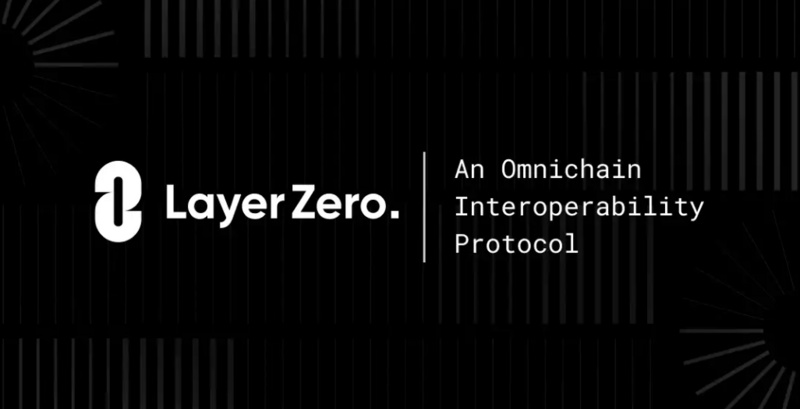
Wormhole Cross-Chain Interconnectivity
Wormhole leverages the power of universal message passing and a single SDK to create an interoperability protocol that enriches xChain like never before, further exploring how to expand the user base through xChain. The protocol has a total transaction volume exceeding $35 billion and has successfully transmitted millions of messages. Currently, thousands of messages are submitted daily. This month, Wormhole attempted to connect to the Cosmos ecosystem for the first time, achieving cross-chain collaboration.
Website: http://wormholenetwork.com/
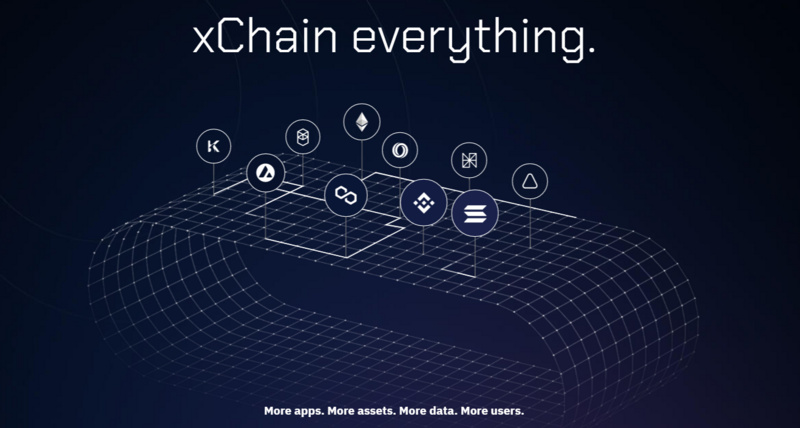
Layer 1
In the last bull market, the battle of Layer 1 public chains was intense, with both EVM-compatible and non-EVM public chains producing popular leaders. This year, despite the bear market, many Layer 1 public chains have emerged, focusing on network scalability, security, and technological innovation to overcome the "trilemma."
The Rise of Move-based New Public Chains
This year, Move-based public chains Aptos and Sui have secured nearly $500 million in investments from top VCs, including a16z, after several rounds of strong financing, rapidly increasing their visibility and popularity, becoming sparks in the crypto winter. We previously introduced the charm of the Move language in the article "Developers Earning Up to $1200 per Hour? A Closer Look at the Programming Charm of Move Language!" and compared the innovations and differences between Aptos and Sui in "Aptos VS Sui, Reviewing the Innovations and Differences of Two Move-based New Public Chains." Interested developers can refer to the related articles for more information.
Sui
Sui is the first permissionless Move-based blockchain designed from the ground up, aimed at enabling creators and developers to build experiences that meet the needs of the next billion users in Web3. Sui's high throughput and low latency performance are more suitable for building rich and dynamic on-chain assets, from gaming to finance. Funding: Approximately $336 million.
Website: https://sui.io/

Aptos
Aptos can be said to be the fastest in terms of development progress and ecosystem initiation among Move-based Layer 1 public chains. Although it is not a new chain this year, it has made significant progress. Aptos is a blockchain network designed for billions of users to utilize decentralized applications, aiming to redefine the Web3 user experience with highly scalable, modular products and applications, while achieving a developer-friendly environment through smart contracts built on the Move language. The mainnet is now live. Funding: $350 million.
Website: https://aptoslabs.com/

Specialized Chains
Oasys Architecture for Gaming
Oasys Architecture is designed specifically for game developers, combining the best public L1 and private L2 blockchain technology solutions. This unique architecture consists of a multi-layer Hub-Layer structure, offering high scalability and providing users with a fast, gas-free experience. Funding: Over $20 million.
Website: https://www.oasys.games/
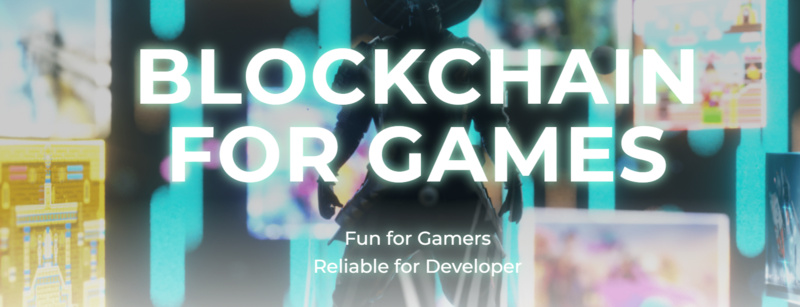
Caduceus Focused on the Metaverse
Caduceus is the world's first blockchain dedicated to Metaverse development. It is a platform based on distributed ledger technology, featuring unique capabilities to deploy and run Metaverse applications more efficiently, with P2P communication, IPFS storage, and more all integrated into the Caduceus Metaverse protocol. It empowers creators to disrupt the entire travel, education, social, film and television, gaming, and entertainment industries. Funding: Over $4 million.
Website: https://www.caduceus.foundation/
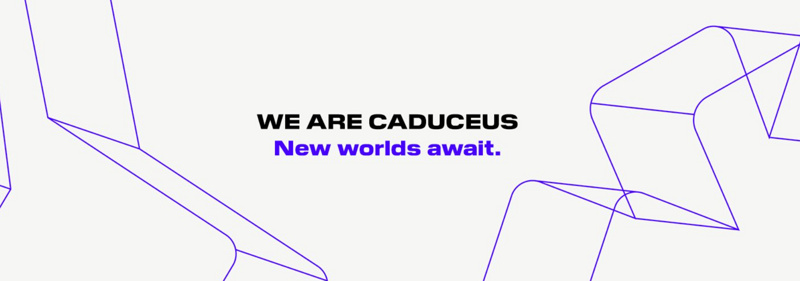
Sei DeFi Native Chain
Sei is the first blockchain specifically designed for the trading sector, leveraging a native order matching engine, front-running protection, and multi-level order bundling to give exchanges an edge. With a transaction speed of 600 milliseconds, it is currently the fastest chain on the market. Funding: Over $55 million.
Website: https://www.seinetwork.io/
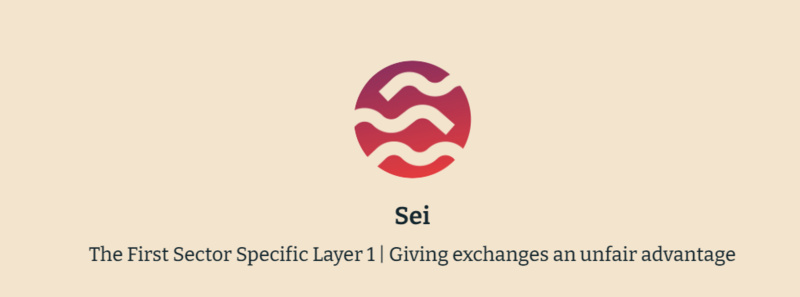
Onomy Cross-Chain DeFi
Onomy is a Layer 1 blockchain built using CosmosSDK, bridging with other Cosmos ecosystem projects through inter-blockchain communication protocols, aiming to provide a CEX experience on-chain. Currently, Onomy provides pathways for a large amount of USD forex market to access DeFi, with a complete ecosystem including cross Arc Bridge Hub, Access Mobile Wallet, and Onomy Exchange. Funding: Over $15 million.
Website: https://onomy.io/#forex

Modular Blockchains
Celestia
Celestia is the first modular blockchain network, allowing sovereign blockchains to break free from the limitations of a single architecture, enabling them to build flexibly and freely according to their own conditions, aimed at allowing anyone to easily deploy their own blockchain with minimal costs. Funding: Over $56 million.
Website: https://celestia.org/
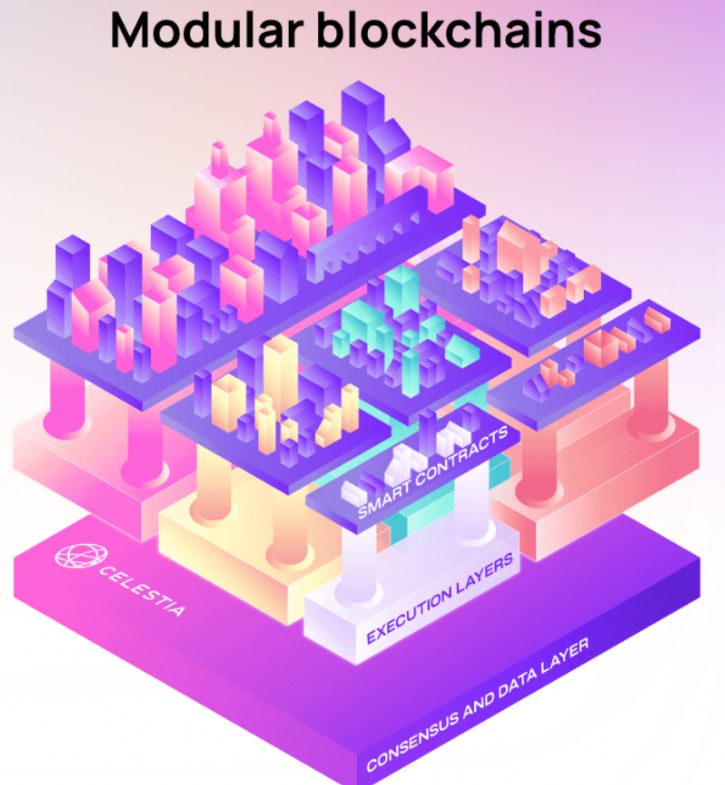
Community DAO Chains
Unit
Unit connects creators and communities in decentralized markets through powerful, secure, and user-friendly tools, creating the economic infrastructure for building and managing DAOs, leveraging the power of Web3 to elevate businesses or brands to a new level. It is a Layer 1 blockchain built using the Substrate framework, funded by the Web3 Foundation. Funding: Over $13 million.
Website: https://www.unit.network/home
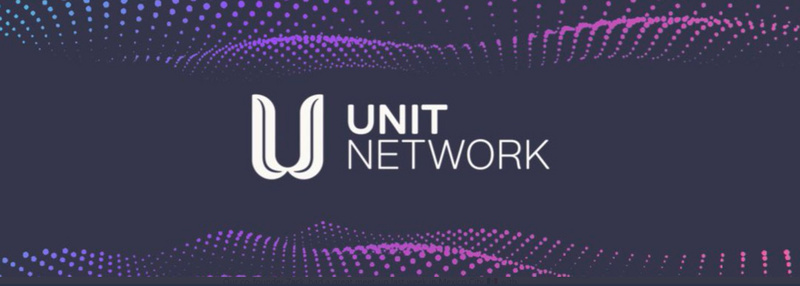
0 L
0 L is a new Layer 1 blockchain protocol. It is open, permissionless, and community-managed, combining cutting-edge blockchain technology with truly decentralized governance. The 0 L network is an open-source branch of Diem, a community-driven project using the Move programming language, focusing on collective contributions and co-building.
Website: https://0l.network/

Privacy Chains
Anoma
Anoma is a privacy-preserving protocol, stating that "the network should benefit the public, not turn the public into a commodity." It allows any digital representation of value to be used as a means of exchange, payment, or trade, thus unleashing a new way of economic construction.
Website: https://anoma.net/
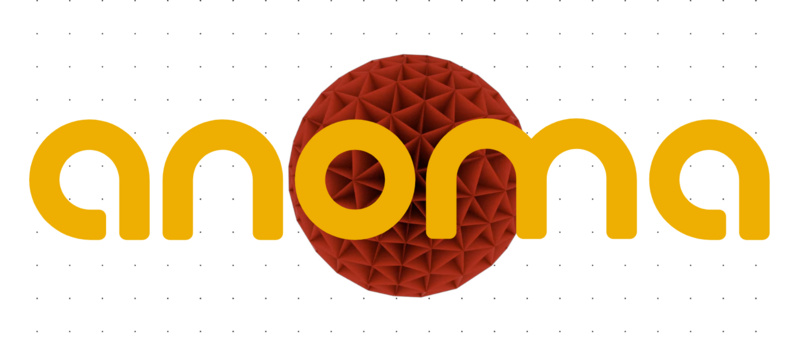
Partisia
Partisia is built for trust, transparency, privacy, and speed, with a mission to establish a Web3 infrastructure without a single point of trust for the universal coordination of public and private information, usable by all applications on all platforms. It provides an additional layer of data protection on the blockchain, allowing users to control access to their data through ZK Computations. Additionally, Partisia is environmentally friendly, consuming only one-thousandth of the energy required by traditional blockchains. Funding: Over $45 million.
Website: https://partisiablockchain.com/
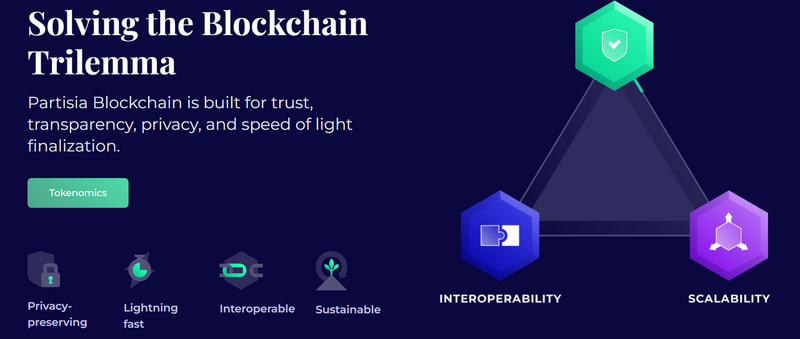
Aleo
Aleo is the first platform to offer fully private applications. They achieve this by leveraging decentralized systems and zero-knowledge cryptography to protect user data on the network. Funding: $228 million.
Website: https://www.aleo.org/
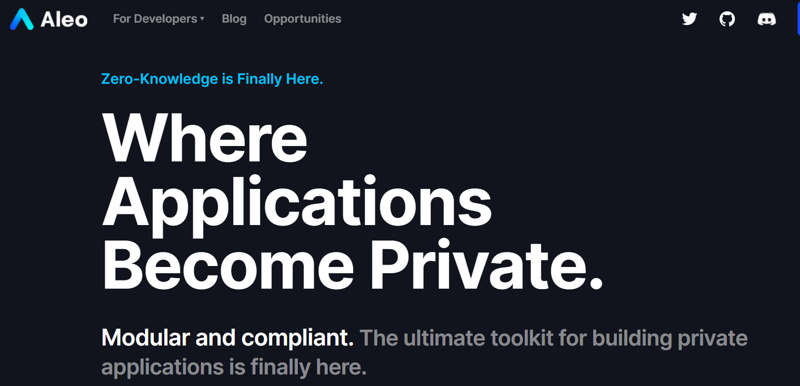
Worldcoin
Worldcoin is building what is known as a privacy-preserving proof-of-personhood protocol (PPPoPP). By providing Worldcoin for free to everyone, it aims to become the largest and most inclusive crypto network in the world. Its vision is to connect the first billion users in a collectively owned crypto network. Funding: Over $125 million.
Website: https://worldcoin.org/

Balancing Regulation and Decentralization
Redbelly
Redbelly is particularly suited for assets in regulated markets, balancing the enforceability and social licensing of regulated markets with the speed and efficiency of blockchain. All participants on the Redbelly Network are identified through our off-chain digital identity provider network. Funding: Over $3.6 million.
Website: https://www.redbelly.network/

Cross-Chain Interconnectivity
ZetaChain
The world's first and only blockchain that connects everything. It facilitates cross-chain and cross-layer value transfer, messaging, and smart contract calls—thus achieving full-chain dApps (odApps) for the first time, which can leverage liquidity across multiple networks and read and update states across all connected networks. ZetaChain is the foundational layer for a multi-chain future. This novel blockchain enables multi-chain functionality without the need for bridges or wrapped tokens and can easily deploy omnichain-dApps or odApps. These applications can manage and connect data and value across all smart contract platforms and non-smart contract platforms. It supports full-chain, universal smart contracts, and messaging between any blockchains. They solve the problems of "cross-chain" and "multi-chain."
Website: https://t.co/gZhl1tZpT3
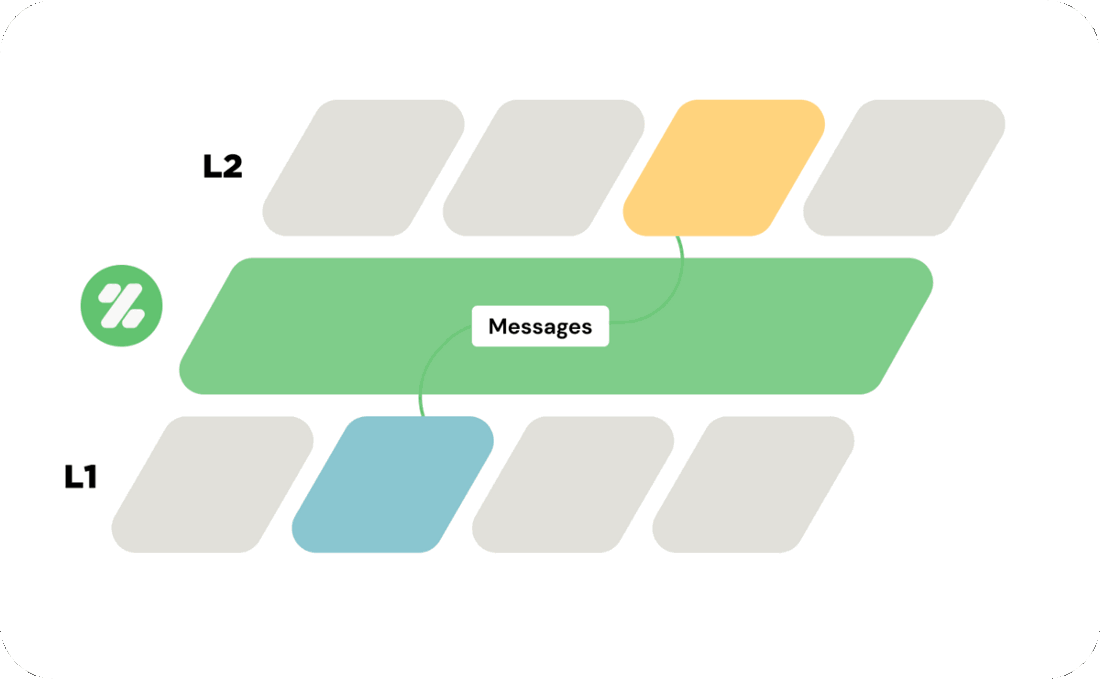
Trilemma Breakthroughs
Subspace
Subspace is a fourth-generation blockchain built for the next wave of crypto developers. It utilizes advanced technology to solve the blockchain trilemma without sacrificing security and decentralization, archiving the history of the blockchain ecosystem, enabling simple, secure, and trustworthy bridges between networks for true interoperability. It currently supports interactions with Polkadot and Kusama networks. Funding: Over $33 million.
Website: https://zh.subspace.network/

Quai
Quai Network is a proof-of-work blockchain network, the fastest and most secure blockchain, creating a unique decentralized solution scalable to all global businesses, allowing users to enjoy fast transaction times with decentralization and security. The Quai network can process thousands of transactions per second and is a scalable proof-of-work solution, preparing for the mainnet launch.
Website: https://quai.network/
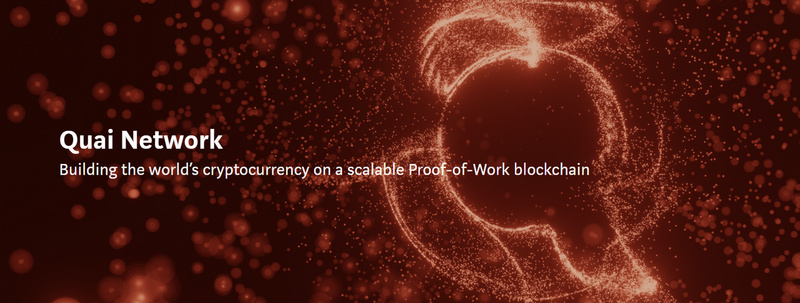
PraSaga
The most advanced next-generation Layer 1 blockchain—designed to avoid the limitations faced by other blockchains and supported by a global community ecosystem. It eliminates smart contracts and has developed SagaPython™ to empower developers. Additionally, it has a hash power for each chain that is 100 times higher than Bitcoin blocks, with energy consumption reduced by 100 times or more. It provides truly innovative solutions to the problems faced by other Layer 1 blockchains. Funding: Over $4 million.
Website: https://www.prasaga.com/

Minima
Minima aims to make access available to as many people as possible. It is the world's first fully decentralized blockchain, the only blockchain completely controlled by users, and the only blockchain that runs fully on mobile devices, allowing value exchange with anyone without intermediaries. Currently, hundreds of thousands of nodes are validating and building the network. Funding: $5.6 million.
Website: https://www.minima.global/
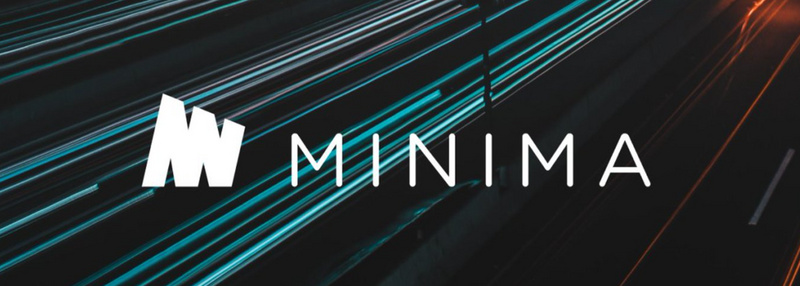
Additionally, projects like Linera, Massa, Odsy, and Berachain are all working to solve the decentralization trilemma, providing higher performance, reliability, and scalability to create decentralized applications with near-instant interactions and lower end-user costs. Due to the length of this article, we will not elaborate further, but interested developers can visit the official websites for more information.
Eco-Friendly Blockchains
5ire
5ire is designed with economic and environmental sustainability at its core. They are one of the fastest-growing unicorns in India, supported by communities from around the world. It has advantages such as interoperability, high throughput, and low fees, enabling the sending of assets, collectibles, or documents to any chain, phone number, or Web3 address. The project's vision is to make blockchain sustainable and usable by over a billion people by 2030. Funding: Over $250 million.
Website: https://www.5ire.org/
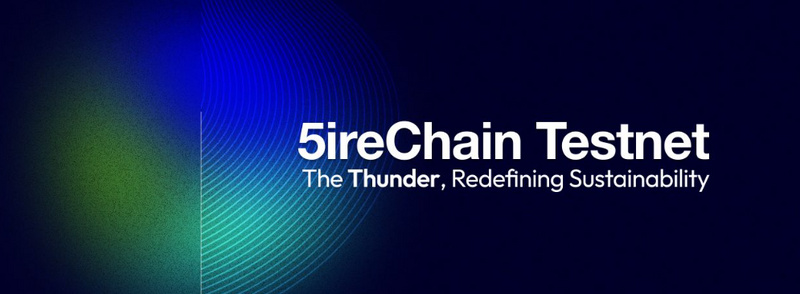
Sailing Against the Wind, New Public Chains Stay True to Their Original Intent
With the arrival of the bear market, the crypto space has experienced a tumultuous year. However, looking at the development of emerging public chains, Web3 continues to release its unique charm globally. Public chains are the most important foundational component in the blockchain field. The trend of Ethereum dominating the field in 2022 has not been broken, but new public chains have emerged against the wind, sprouting up like mushrooms after rain.
The above text introduces the development status of annual Layer 0 and Layer 1 new public chains. Firstly, at the Layer 0 level, cross-chain projects introducing ultra-light nodes have emerged, which means that the security of cross-chain interoperability will be greatly enhanced. Currently, almost all existing methods for cross-chain bridging and messaging fall into one of two categories. The first is to form a consensus and create an intermediary chain to verify and forward messages between chains. Due to low costs, most projects adopt this method. The second is to run a lightweight node on-chain, which is highly secure but very expensive. We look forward to the future ecological development of this project, which may break the blockchain island problem.
This year, the competition in the Layer 1 public chain track remains fierce. Overall, although their technologies differ, we can identify a few commonalities:
First, the development of new public chains has transcended traditional narratives.
New public chains are no longer satisfied with merely solving the blockchain trilemma; in addition to addressing security and scalability issues while maintaining decentralization, they are exploring new paths to help the Web3 industry develop better.
Second, the shift in consensus mechanisms is an inevitable trend, with public chains placing greater emphasis on environmental sustainability.
This is closely related to this year's vigorous "green blockchain" movement, as everyone hopes to reverse the negative impression of blockchain as "environmentally damaging," leading to the emergence of dedicated eco-friendly public chains that have gained global community support.
Third, apart from a few new public chain stars, most public chain projects are facing unfavorable financing conditions.
We know that the development and growth of public chains, especially Layer 1 public chains, is not achieved overnight; their early development requires intensive financing, talent, and time investment. Affected by the crypto winter, at a critical moment when the market is tightening, financing support may be lacking, and many new public chains may soon face a round of reshuffling.
However, quality projects can emerge from the crypto winter through the sands of time with technological innovation, potentially becoming the next hundred-fold growth unicorn stars. Let us wait and see.










